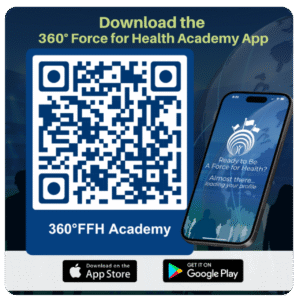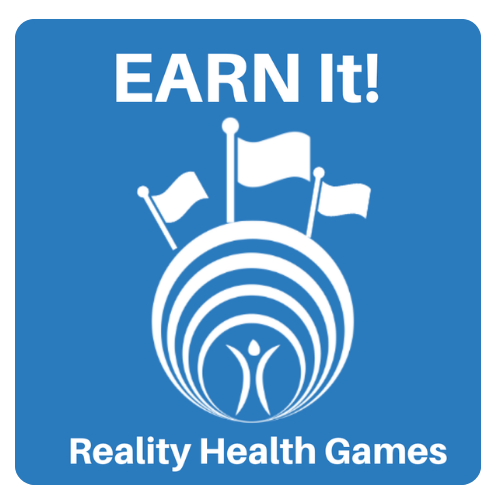
OAM’s innovative one-handed bra closure
At Richmond VA, the Office of Advanced Manufacturing (OAM) tackled a unique challenge faced by Edna May Harris, an Army Veteran who suffered a stroke and experienced paralysis on one side of her body. Unable to clasp her bra with one hand, OAM’s engineering team created a novel D-ring closure that simplifies the clasp to a single motion, giving her a significant level of independence.
Addressing unique Veteran needs
OAM’s commitment to supporting women Veterans is evident in their tailored solutions. Melissa Oliver, occupational therapist and Assistive Technology Program director at Richmond, explaied, “Transforming a simple act into a manageable one for Edna Harris significantly enhanced her daily comfort and dignity.”
OAM’s mission to “make what we cannot buy” drives their innovation. Their extensive range of technologies, including industrial sewing machines and vacuum-forming technology, allows them to create specialized items for individual Veterans’ needs.
Adapting to the increase in female Veterans
The increase in female Veterans enrolling in VA services has prompted a corresponding evolution in OAM’s operations. As more women seek Veteran health services, the demand for adaptations addressing their specific health and rehabilitation needs has risen.
This shift underscores the importance of OAM’s flexible manufacturing capabilities, which allow for the rapid development of solutions, like the one-handed bra closure that significantly impact Veterans’ lives.
Harris expressed her gratitude. “It makes a big difference because you can do it yourself. My life has been truly blessed,” she shared. “If you’re having any type of problem, you need to let someone know.”
If you’re a Veteran who could benefit from an AT device, please consult with your clinician.
Recommend0 recommendationsPublished in My Healthy Veteran, US National Health Agency Sources










